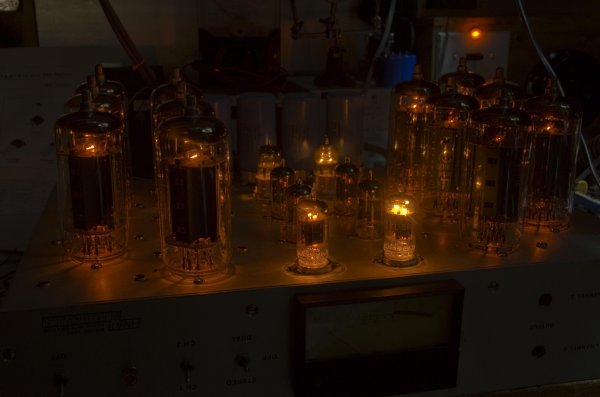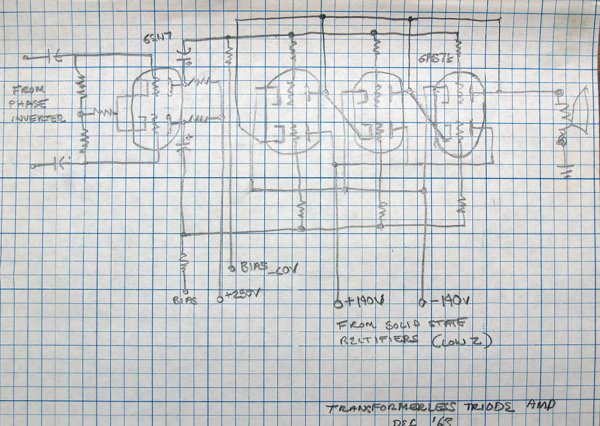Well, yes and no. It is absolutely true that feeback won't boost the current-supplying capacity at all, and ulimately that is what limits the power capacity of the amplifiier. But that doesn't mean that output impedance is an illusion. As long as the current demanded into the load is less than the maximum that the tubes are capable of, then the output impedance is the feedback-determined one. (Of course there will be some detailed variation in output impedance as a function of load current, but the broad-brush statement would be that the impedance is the low one governed by the feedback unless the attempted current draw exceeds the capacity of the output devices.) One has to give an operational definition of output impedance, and essentially, any reasonable definition involves treating the amplifier's output as a perfect voltage source in series with a resistor whose value equals the "output impedance." As long as one does not attempt to draw more current than the output can supply, this model works reasonably well.
Exactly the same is true of a solid-state amplifier. Its output impedance of, say, 1/100 ohm is perfectly meaningful as long as one does not try to exceed the current capacity of the output transistors, but it will fail (along, probably with the transistors themselves!) if the current limit is exceeded.
Output impedance is just one of various parameters that one can use to characeterise the performance of an amplifier, and its meaning should be treated with appropriate caution; this is in essence what you are saying, I think, but I would not agree that it is an illusion or meaningless.
In the case of the an OTL using a pair of 6C33C tubes, the maximum current they can handle translates into about 25W rms into 8 ohms. If the demand on the amplifier is less than this limit, then the output impedance will roughly be the one calculated by taking the feedback into account. Thus, the low output impdence only ceases to be relevant or meaningful if one tries to get more than the 25W out of the amplifier. And one would never want to stray into that territory in any circumstances, since the amplifier would be clipping and distorting horribly. So, I would maintain that within the design ratings of the amplifier, the low value of impedance calculated (or indeed measured) including the effect of the feedback is the meaningful one.
Chris




